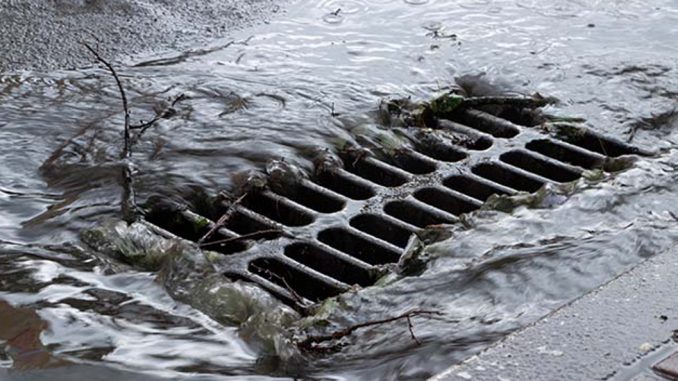
When United Utilities discovered a 200-tonne fatberg blocking a Liverpool sewer, they had a bit of a problem. How do you remove such a massive build up of fat, grease and other unflushable items the size of 25 elephants which is determined not to go anywhere?
The fatberg took up 250 metres of space beneath Liverpool city centre, completely blocking the sewer network and causing internal flooding to businesses along three streets – Bankhall Lane, Birchall Street and Foster Street.
United Utilities tried every fatberg removal technique known to man to rid the sewer of the monster. The sheer size and weight of the blockage however meant nothing worked, leaving the water and wastewater supplier in something of a quandary.
If they could not clear the fatberg, then the only other option would be to replace the sewer. That would have been a costly and time-consuming exercise, causing serious disruption to the local area.
It fell to United Utilities wastewater programme delivery manager Sammy Nelson and head of technical at Sapphire Utility Solutions Stuart Ashton to come up with a solution.
They settled on drilling a hole through the middle of the fatberg by adapting the trenchless pipe installation method of auger boring.
Auger boring normally involves drilling two vertical shafts into the ground and jacking a steel casing through the ground between the pits.
Earth is removed from inside the steel casing using a rotating auger, which sends the soil through to one of the shafts for removal. Once the auger has done its work and excavated the soil, a pipeline is left connecting the two pits.
In the case of the fatberg, the auger drilled a hole right through the middle of the beast. Next, a steel rope line was passed through, onto which a specialist jet machine used to clean sewer blockages was hung.
The jet machine was moved backwards and forwards inside the fatberg along the steel rope. It was able to break up the blockage, eating it from the inside out until the fatberg was fully removed and wastewater could run freely through the sewer again.
Such was the monstrous size of the fatberg that it took nearly two weeks to remove. Once the sewer had been cleared, a new UV cured chemical resistant structural liner was installed to extend pipe lifespan and prevent flooding happening again in future.
At its peak it was 200 tonnes (the size of 25 elephants) but now #Liverpool’s mammoth fatberg is no more. We quickly located the cause of the problem and thanks to the innovation of two wastewater partners in grime, the #fatberg was cleared. Find out more: https://t.co/KiPB4WzBaN pic.twitter.com/dix89pRtuY
— United Utilities PLC (@uugroupplc) May 24, 2021
Speaking afterwards, Mr Nelson said: “Together we came up with the idea of using guided directional drilling equipment to drill through the fatberg and then allow a cable to be run through which would allow jetting to be carried out.”
“We then reconfigured a cutting jet to run along the cable through the centre of the fatberg like a ‘Zip Wire’ – this was done to great success and within a couple of weeks flow was restored to the sewer.”
“All this work was carried out in half the time it would have taken to replace the sewer system and at just over a third of the cost not to mention at much less disruption to Liverpool. A true success story.”

Leave a Reply